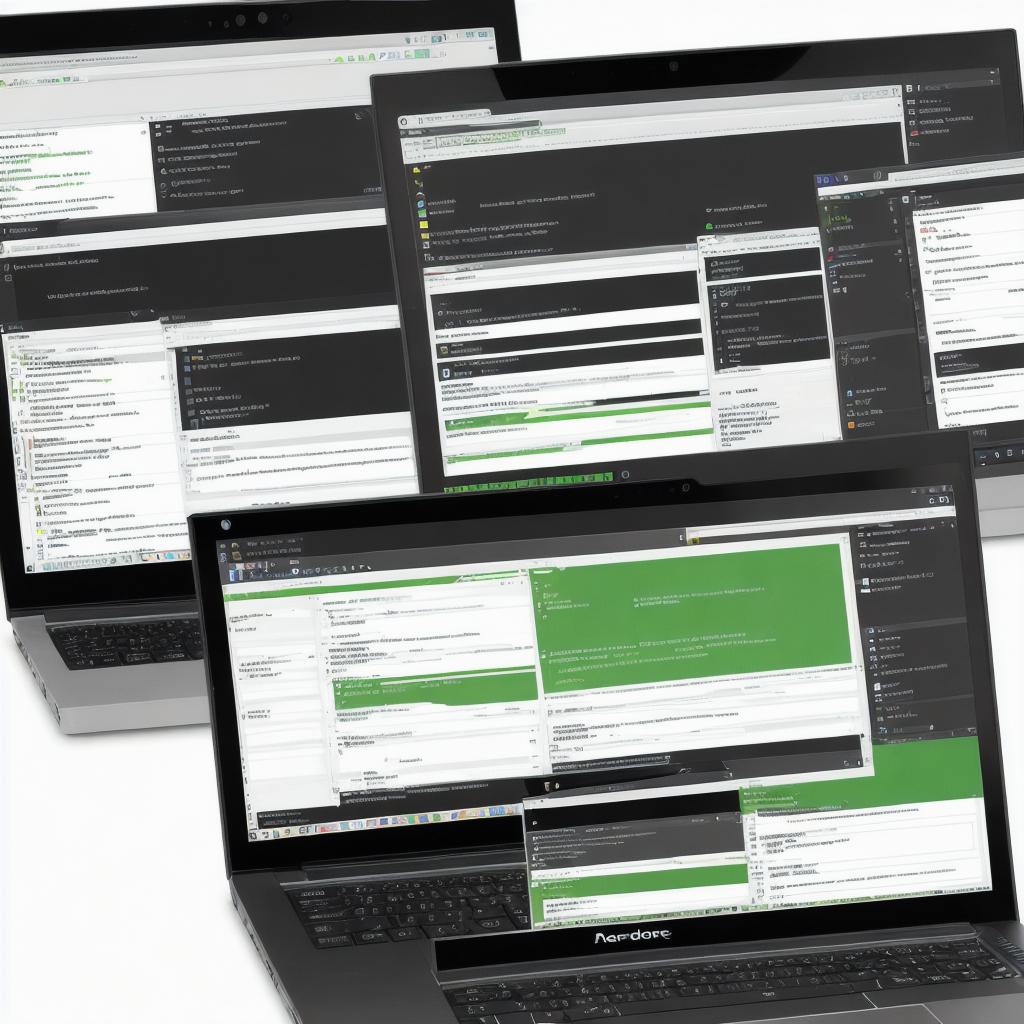Are you a budding programmer looking to enter the world of mobile app development? Are you curious about how Android apps are built, and want to create your own? If so, then you’ve come to the right place. In this comprehensive guide, we will take you through everything you need to know to get started with Android development. From setting up a development environment to writing code, we’ll cover it all.
Before we dive in, let’s first understand what Android development is. Android development refers to building mobile applications for the Android operating system. These apps can be downloaded and installed on Android devices, such as smartphones and tablets. With over 2 billion active users, Android is one of the most popular mobile operating systems in the world, making it an excellent choice for budding programmers.
Now that we’ve covered the basics, let’s dive into how to get started with Android development.
Setting Up a Development Environment
The first step in any development process is setting up a development environment. In the case of Android development, this means installing the Android Studio Integrated Development Environment (IDE). Android Studio is an open-source IDE developed by Google that provides everything you need to build Android apps. It includes a code editor, debugging tools, and testing frameworks.

Once you’ve installed Android Studio, you’ll need to create a new project. This will involve selecting the type of app you want to build, choosing your development settings, and setting up your project files. Once you’ve set up your project, you can start writing code.
Learning Java
Android apps are built using Java, one of the most popular programming languages in the world. If you’re new to programming, you may be wondering how to learn Java. The good news is that there are many resources available online to help you get started.
One of the best resources for learning Java is Codecademy. Codecademy offers an interactive tutorial that teaches you the basics of Java in a step-by-step process. You can also find plenty of tutorials and guides on YouTube, such as the official Android developer channel.
Writing Code
Now that you’ve learned Java, it’s time to start writing code. The first thing you’ll need to do is create a new class for your app. This class will contain all the code for your app and will be responsible for defining its behavior.
Once you’ve created your class, you can start adding code to it. This may involve creating new functions, defining variables, and writing loops. As you write code, be sure to test it frequently to make sure it’s working as expected.
Debugging and Testing
One of the most frustrating parts of development is debugging and testing your code. Fortunately, Android Studio provides plenty of tools to help you with this process. You can use the debugger to step through your code line by line, set breakpoints, and view variables in real-time.
In addition to debugging, you’ll also need to test your app to make sure it works as expected. This may involve running tests on different devices and operating systems, and checking for errors and bugs. Android Studio provides a suite of testing tools to help you with this process.
Summary
Getting started with Android development can be overwhelming, but with the right resources and guidance, anyone can do it. By setting up a development environment, learning Java, writing code, debugging and testing your app, you’ll be well on your way to building your first Android app.
